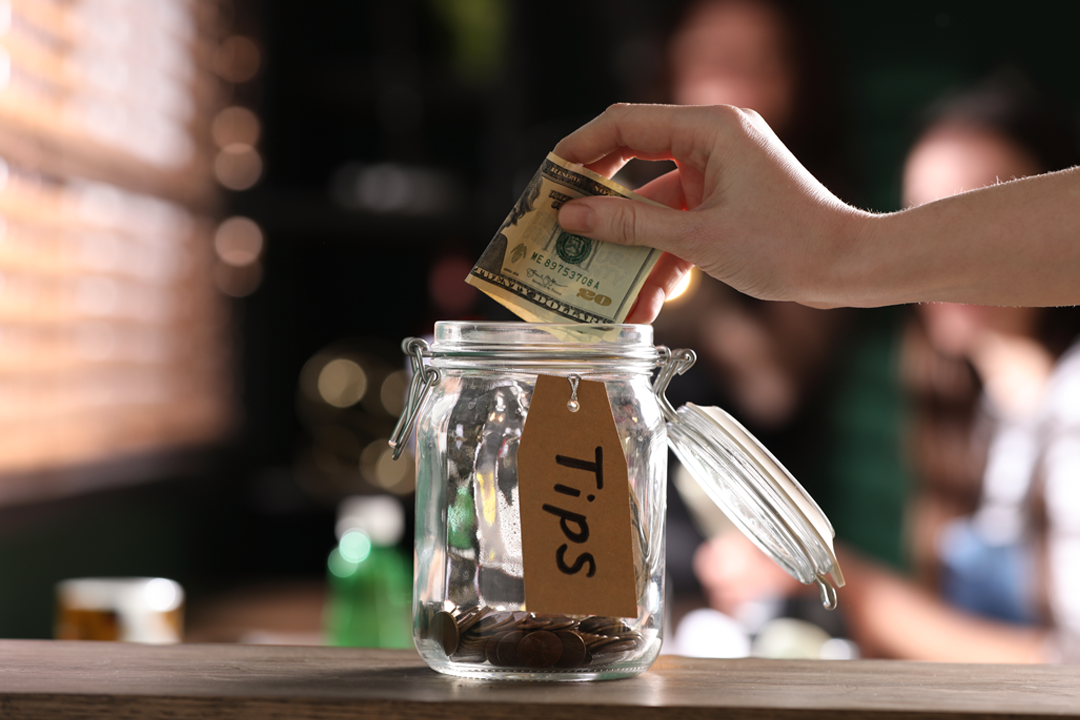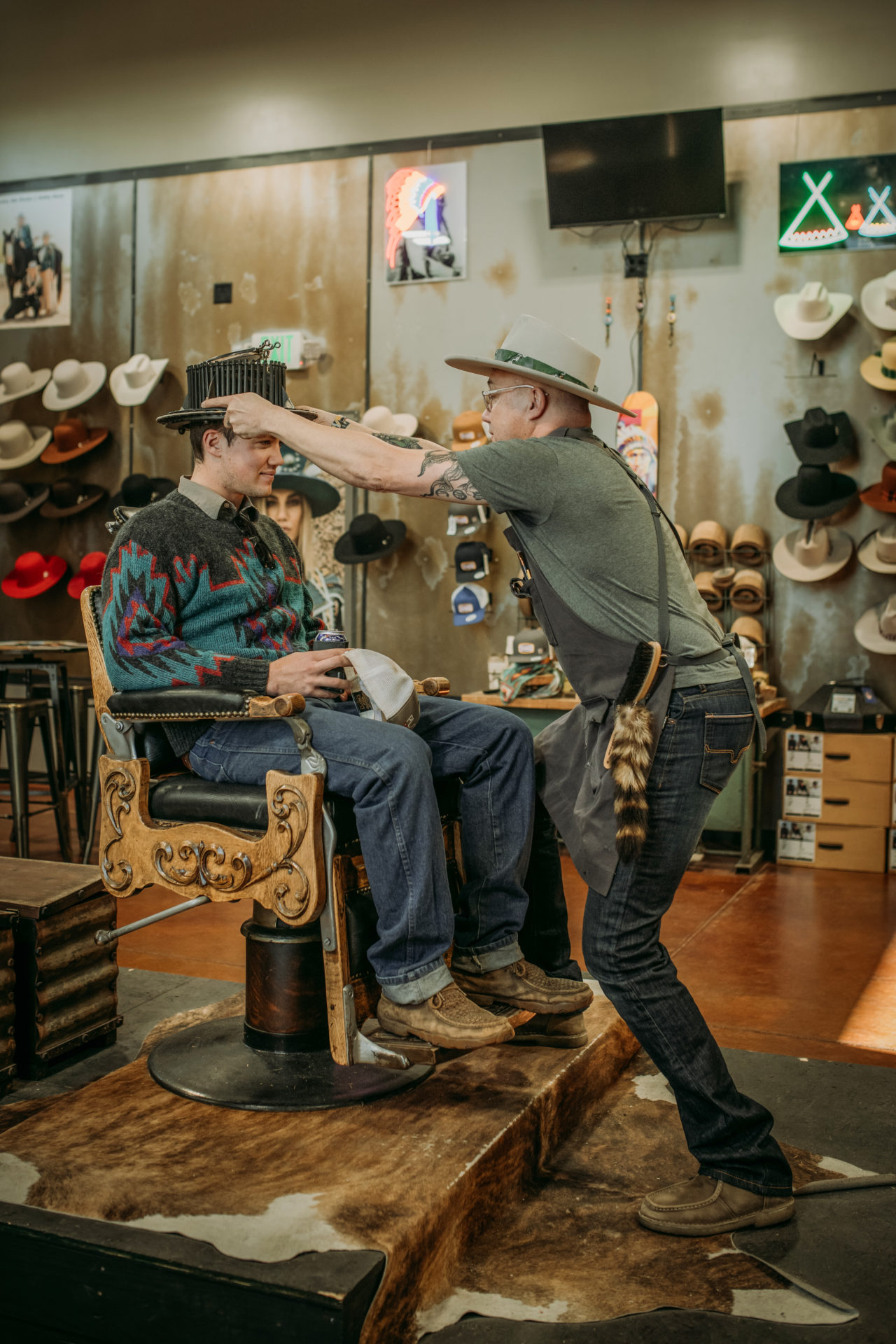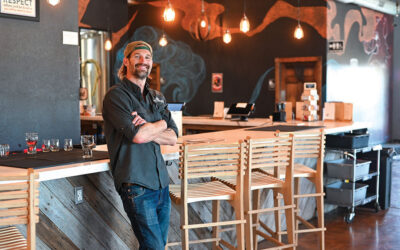For almost 30 years, Kat Reeves has used a traditional tipping model at her downtown Fort Collins restaurant. One hundred percent of tips go to the servers. Except now, that model no longer works.
Her patrons, and everyone else, seem to agree with her. The tipping culture that helps Reeves pay her staff but also causes her headaches is starting to wear customers down. Some even say they are burned out.
“I’ve done a 180 on tipping,” says Kyle Craft, a Loveland insurance agent. “I’m still happy to tip over 20 percent with a friendly server or bartender that interacts with me, but now, being asked to tip literally everywhere makes me much less willing to tip if they don’t deserve it. I’m at the point where I feel that just eliminating tips in general and charging more to pay the employees more is the way to go.”
Whereas tipping was once reserved for waitstaff at sit-down restaurants, cab drivers and maybe your hairstylist, now that tip line is popping up everywhere. And yet restaurants still depend on tips to keep menu prices reasonable as food costs soar with inflation.
Balancing the scales
Tipping can also be unfair to restaurant workers. Reeves, owner of Bistro Nautile, looked at how to create a model that is more equitable for both her front-of-house and back-of-house staff. The back workers are largely the kitchen crew who often work long hours at a wage that is sometimes $10-20 less per hour than what their front-of-house counterparts bring in with tips.
The system Reeves worked to develop is one that requires a spreadsheet and considers who works when, for how long and through what kind of restaurant traffic. The ones who work the busiest shifts would get the greatest share of the tips from those days. This new system would give the kitchen staff a share of the tips as well.
The system is complicated. Her brother—who is good at those kinds of spreadsheets—had to create one that’s tailored to her restaurant. Despite the time and effort it took them to build it, Reeves was fearful she’d lose some long-time staff members who wouldn’t want to share their tips.
“I am scared of servers leaving or not caring anymore about doing a super badass job,” she says.
Other restaurants are also looking at their complicated and largely uneven pay structures and trying to figure out a way to pay the skilled kitchen staff (many of whom have gone to school for their profession) a wage similar to those in the front. The answer often ends up being one of two options: tip pooling, as described above, or, as many Denver-area restaurants have started to do, adding a service charge to the bill that’s anywhere from two percent up to 20 percent.
The discrepancy in pay is one of the many reasons why Liam Hye decided to do away with tips at his Jersey Cowboy food trailer.
“People’s attitude toward tipping now is that it is getting out of hand at some places, and it is always causing issues between employees,” Hye says. “I decided once we had employees that we would pay them a competitive wage and eliminate tipping. That way, it encourages everyone to do the same work.”
Ticked off about tipping
Stacy Kliner, former owner of Colorado Coffee Company in Loveland, knows that tips help employees. But she’s uncomfortable with the current tipping culture.
“We always tip 20 percent if we dine out,” Kliner says, “but I don’t love that everywhere has a tip line now. It makes you feel obligated to tip even though they didn’t do any service.”
Abby Powell, who works for the Loveland Downtown District, admits she is burned out by certain situations.
“You are handing me pre-packaged food behind a counter and there is no service,” Powell says, “then you spin around your (point of sale platform) and ask for a 15-25 percent tip.”
So, what is the tipping standard now?
Toast, a point of sale platform, recommends tipping $1-2 per drink ordered at a bar, 20 percent of the total bill at a full-service restaurant and 20 percent of the total bill for delivery. They also suggest an optional 10-percent tip at a quick-service restaurant, $1-2 at a coffee shop or cafe and $1-5 when online ordering or picking up takeout.
Bankrate recommends tipping at least 18 percent on the pre-tax amount for restaurants, $1 for each beer or wine pour at a bar or 18-20 percent of the tab if you order cocktails (they take some effort and skill to make), 10-15 percent at coffee shops or $1 per drip coffee and $5 or 20 percent (whichever is greater) for a delivery service such as grocery, food or alcohol.
Other Bankrate guidelines include $2-5 for flower delivery, 20 percent for room service, $3-5 per day for housekeeping at a hotel, 18-20 percent for a facial, 15-20 percent for a massage and 5-20 percent for manicurists, hairstylists and barbers. They offer recommendations for tipping nannies, babysitters, movers, rideshare services and more on their website.
A system in transition
To compensate for the lack of tipping at Jersey Cowboy, Hye offers his employees commission on sales of merchandise (T-shirts, sauces and other items), paid birthdays off and free food. He has up to nine employees during the busy season and trains them on all duties to share in the workload. Customers who insist on tipping can contribute to Hye’s pay-it-forward program that provides free meals for those in need.
Changing the tipping culture at an established brick and mortar restaurant is not so easy. Reeves says her industry went through a difficult year in 2024 between inflation, the election and a decrease in the number of consumers dining out, and all of that is on top of a vastly different landscape for restaurants since the COVID-19 pandemic. The bottom line is already squeezed for most restaurants.
“You have to work so hard to make money,” Reeves says.
When it came time to raise kitchen wages, her restaurant was unable to close some of the gap between what her servers make with tips and what the kitchen is paid.
“How do we absorb the increases while the servers just continue to make hand over fist tips?” she says. “This is a very fragile system.”
After a couple months of deliberation, Reeves backed off her plan to tip share despite the effort that went into the new system. The fear of losing long-term servers who have developed relationships with her customers was too great.
Still, she knows future changes to the tipping system in her own restaurant are necessary, be it tip pooling or a service charge on the bill at the end of the night.
“This method of compensation is the future of restaurants,” she says. “Restaurants will not survive without sharing all of the income that is coming in with the back of the house.”
_____________________________
Why Do We Tip?
The history of tipping is tied to medieval times and the master-serf classes, where English aristocrats gave “vails,” or small gratuities, to their servants, according to National Geographic. Historians say tipping took root in the U.S. after the Civil War, when the first jobs open to former slaves were service oriented and low paying.
Today, tipping culture in the U.S. is vastly different than other parts of the world: Waitstaff in Europe are paid more, and gratuity is not expected for service. In the U.S., states can set their minimum tipped wage amount, though several states still have the federal standard of $2.13. Colorado currently has a tipped minimum wage of $11.79, which is among the highest tipped wages in the U.S.
Despite the controversy around tipping, the practice seems ingrained in U.S. culture. Service charges, which are used in much of Europe to keep wages livable, are slow to take off here. So while many malign tipping in general, it doesn’t seem to be going anywhere soon.







